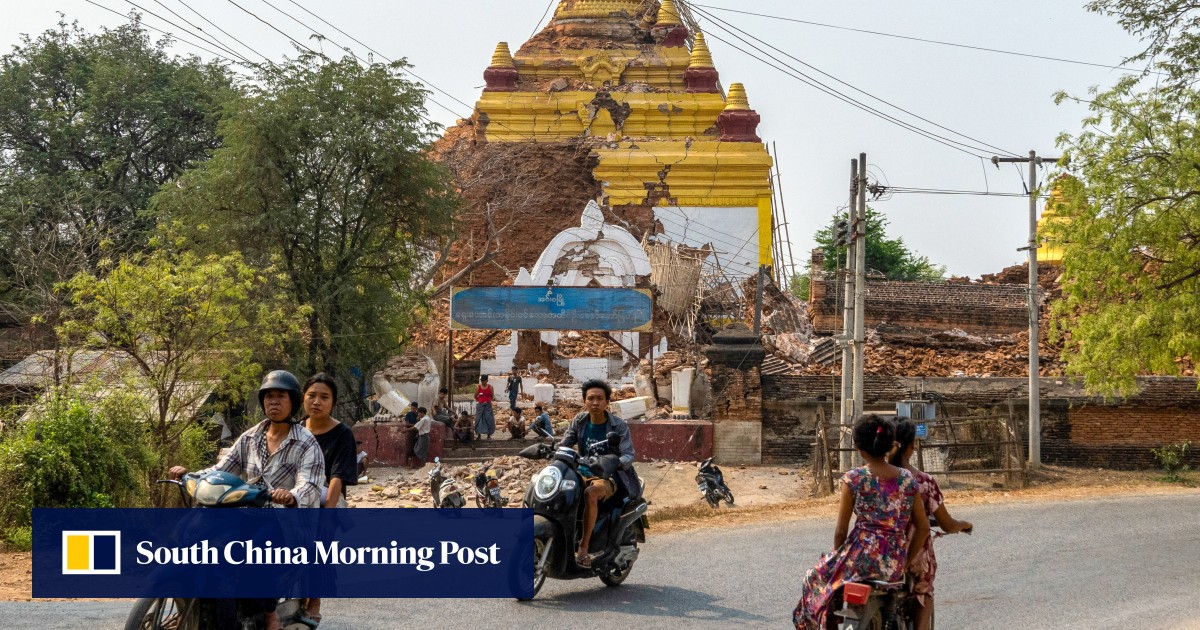In the heartbreak of disaster, Myanmar’s hated junta has been handed a lifeline.
As stunned, bloodied survivors sift through the rubble of the country’s deadliest earthquake in decades, bracing for even darker days ahead, junta chief Min Aung Hlaing is seizing the opportunity – to secure his grip on power and manoeuvre back into the diplomatic fold.
Shunned internationally in the wake of his 2021 coup, the general was even ostracised by the typically taciturn Association of Southeast Asian Nations bloc, which banned him from its summits for failing to follow an agreed peace plan.
Before the devastating 7.7-magnitude quake on March 28, Senior General Min Aung Hlaing’s forces were losing ground in a civil war triggered by the coup, relying on forced conscription and air strikes as rebel groups edged closer to the military’s heartlands.
Now, with his enemies preoccupied by the overwhelming humanitarian crisis, the junta chief has a momentary reprieve from war – and he is using it to rebrand himself as the stoic leader of a nation in need.

The timing of the once-in-a-century quake could not have been more fortuitous for a regime that had been floundering. The epicentre, Sagaing, is both a rebel stronghold and the site of brutal scorched-earth campaigns by the junta’s military. Villages there were razed, civilians slaughtered and pro-democracy fighters pushed underground.

 By South China Morning Post | Created at 2025-04-05 00:16:27 | Updated at 2025-04-05 06:34:04
6 hours ago
By South China Morning Post | Created at 2025-04-05 00:16:27 | Updated at 2025-04-05 06:34:04
6 hours ago








